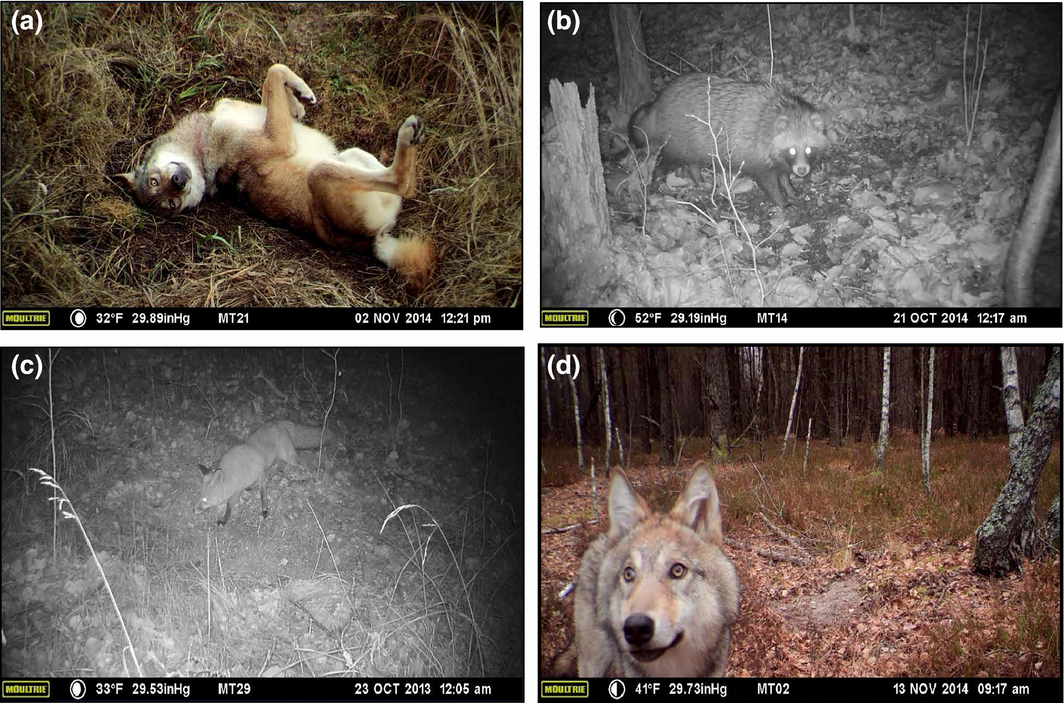
Although they may have shorter life spans than seen before the Chernobyl disaster, a new study shows that some of the large mammal species in the area are growing rapidly.
In an area that has been uninhabitable since the April 26, 1986, explosion of the Chernobyl Nuclear Power Plant in Ukraine, wildlife is beginning to flourish. Researchers from the University of Georgia’s Savannah River Ecology Laboratory used remote-camera scent-stations to document the prevalent species now being found in highly-contaminated areas of the Chernobyl Exclusion Zone (CEZ). It was the first time for a camera study, and the team found that there was no effect on animal distribution due to levels of radiation, with many thriving in some of those with the highest radiation.
Lead researcher James Beasley said that the new study’s observations back up previous studies showing that wildlife in the CEZ are adapting, and even benefitting, from long-term radiation exposure. The team concentrated on carnivores, since they are more susceptible to contamination. They found that the areas that were highly contaminated were being frequented by 14 species of mammals, including gray wolf, red fox, raccoon dog and Eurasian boar.
The study deployed 98 scent stations during a 5-week period in October and November, 2014. Ninety-four functioning stations detected the large mammal species at high enough levels to model occupancy rates.
Chernobyl is a prime location for investigating the effects of radiation accidents on wildlife populations. Many studies have been conducted in the area to assess the impact of radiation on the plants and animals in the area, and several have shown that wildlife within the DEZ continue to accumulate substantial amounts of radionuclides. Other research has found sperm deformities, as well as increases in mutation rates and shortened lifespans.
However, there have been large gaps in the knowledge of what is really happening to mammals in the CEZ, data that is vital for future management and protection of wildlife who inhabit contaminated landscapes. Recent evidence has indicated that several large mammal populations actually increased within the CEZ during the first 10 years following the accident, and that the distribution of these populations is not affected by the severity of the contamination.
The study was published April 18 in Frontiers in Ecology and the Environment.

Leave a Reply